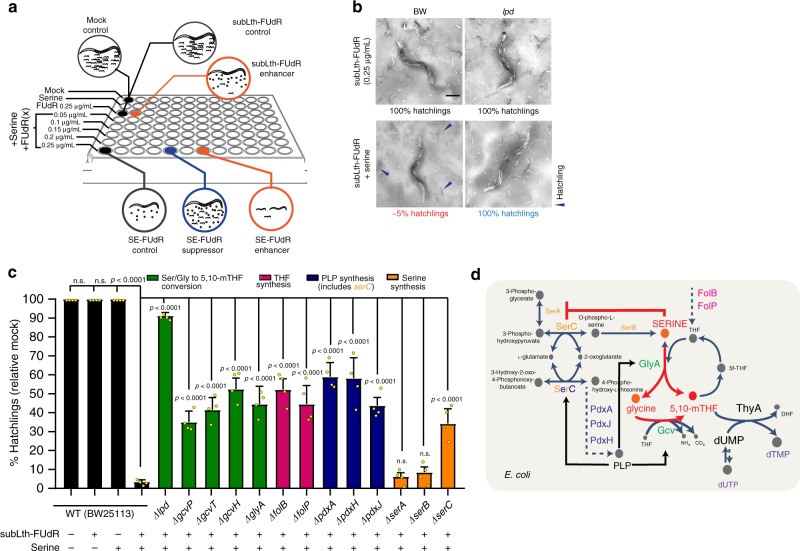Fig. 3. SE-FUdR toxicity requires E. coli’s folate and pyridoxal phosphate synthesis pathways.
Throughout this figure: statistical significance was assessed via two-tailed unpaired nonparametric t-test for % hatchlings quantification. Data are presented as mean values ± SEM, scale bars = 200 µm, n = # independent biological replicates. Source data are provided as a Source Data file. a Setup of four-way E. coli KO screen for mediators of serine-enhanced FUdR toxicity. Screening was carried out in the BW25113 background in triplicate at 25 °C in 8 conditions: (1) mock, (2) serine 1.5 mg/mL, (3) subLth-FUdR 0.25 µg/mL, and (4–8) serine 1.5 mg/mL plus subLth-FUdR from 0.05 to 0.25 µg/mL (lower doses included to detect toxicity enhancers). Each column of the 96-well plate corresponds to a different E. coli KO. Developmental stage and progeny viability were scored. b Representative images of validation of the toxicity-suppressor effect of knocking down E. coli lpd, making evident that SE-FUdR toxicity is bacterially driven. n = 4. c Effect of the E. coli suppressors of SE-FUdR toxicity on progeny viability (% hatchlings). Images and data were analyzed as described in Fig. 1. n = 4. d Working model of how dietary serine promotes synthesis of 5,10-mTHF in E. coli. Color codes of suppressor gene names are consistent with c. Serine relevant actions (depicted in red): (1) inhibits its own synthesis releasing serC to promote PLP synthesis (PLP is an essential cofactor for GlyA and the GCV complex); and (2) serves as a substrate for the synthesis of 5,10-mTHF directly via GlyA and indirectly via the GCV complex.

